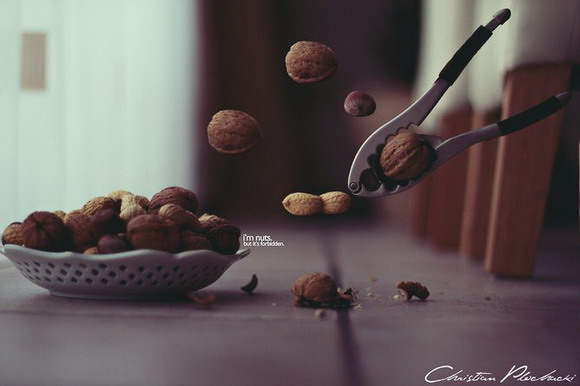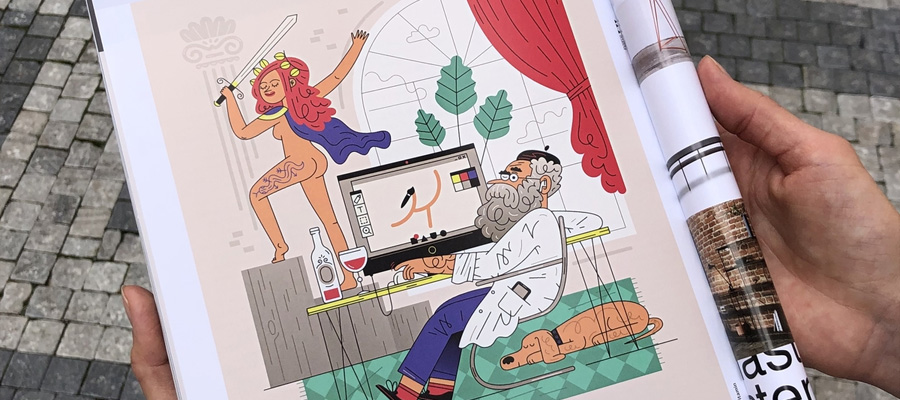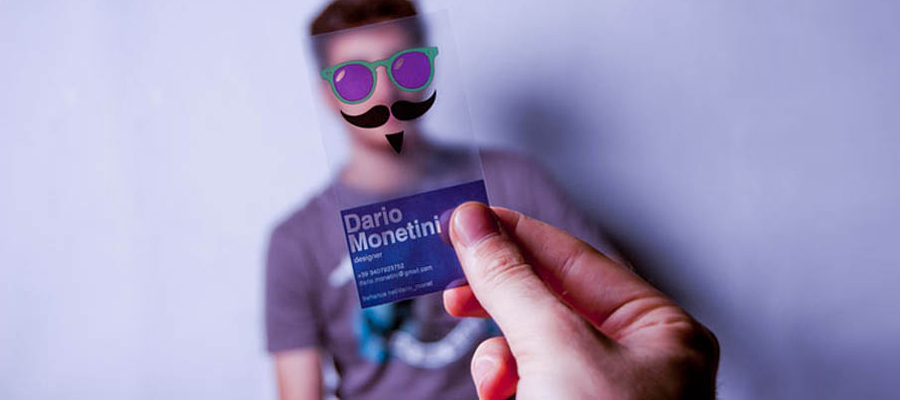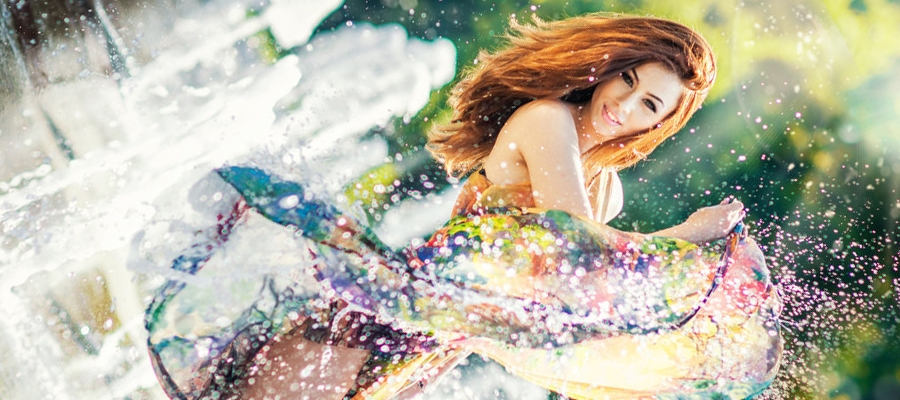Discover how to infuse your graphic design projects with a vintage aesthetic, blending old-world charm with modern trends for timeless and captivating designs.
Graphic design has an incredible power to evoke emotions, tell stories, and connect with audiences on a deep level. One of the most captivating styles that has stood the test of time is the vintage aesthetic. This design approach draws inspiration from the past, infusing modern projects with a sense of nostalgia, elegance, and timeless charm. Whether it's the sepia-toned photographs, ornate typography, or classic color palettes, vintage design brings a unique flair that resonates with many. In this article, we'll explore the essence of vintage aesthetic in graphic design, its key elements, and how you can incorporate this style into your own work to create visually stunning and evocative designs.
The Allure of Vintage Design
Vintage design holds a special place in the hearts of many because it taps into a collective memory of bygone eras. This style often reflects the beauty and craftsmanship of earlier times, offering a sense of warmth and authenticity that modern, minimalist designs sometimes lack. The allure of vintage design lies in its ability to blend the old with the new, creating a harmonious balance that feels both familiar and fresh.


Key Elements of Vintage Aesthetic
To effectively incorporate vintage elements into your graphic design projects, it's essential to understand the key components that define this style. These include:
1. Typography: Vintage design is characterized by its distinctive typography. Classic fonts such as serif and script styles are commonly used, often with ornate and decorative elements. These fonts evoke the look and feel of old printed materials, adding an authentic touch to your designs.
2. Color Palettes: Vintage color schemes typically include muted and earthy tones. Think sepia, beige, dusty blues, and olive greens. These colors help to create a sense of age and nostalgia, making the design feel timeless.
3. Textures and Patterns: Incorporating textures such as grainy paper, distressed surfaces, and fabric patterns can enhance the vintage feel. Patterns like polka dots, stripes, and floral motifs are also frequently used to add depth and interest.
4. Imagery and Illustrations: Vintage designs often feature illustrations and imagery that reflect the era being referenced. This might include old-fashioned photographs, hand-drawn illustrations, and retro icons. These elements help to set the scene and transport viewers back in time.
5. Layout and Composition: The layout of vintage designs often mimics the styles seen in old advertisements, posters, and packaging. Symmetrical compositions, ornate borders, and layered elements are common techniques used to create a cohesive and visually appealing design.

Applying Vintage Design in Modern Projects
Incorporating vintage elements into modern graphic design projects requires a careful balance. Here are some tips to help you achieve this:
1. Mix and Match: Combine vintage elements with contemporary design trends to create a unique fusion. For example, pair a classic serif font with modern, minimalist imagery to strike a balance between old and new.
2. Stay Authentic: Use authentic vintage references and materials where possible. This could mean sourcing old photographs, vintage textures, and period-appropriate fonts to ensure your design feels genuine.
3. Experiment with Techniques: Try different design techniques such as layering textures, applying filters to create an aged effect, and experimenting with color grading to enhance the vintage aesthetic.
4. Keep It Relevant: Ensure that the vintage elements you use are relevant to the project and audience. The goal is to evoke nostalgia without making the design feel outdated or irrelevant.

Vintage aesthetic in graphic design offers a rich and evocative way to connect with audiences, drawing on the charm and elegance of past eras. By understanding the key elements and techniques of this style, you can create designs that are both timeless and impactful. Whether you're working on branding, packaging, or digital media, incorporating vintage elements can add a unique and memorable touch to your projects. Embrace the allure of vintage design and let it inspire your next creative endeavor.


































































